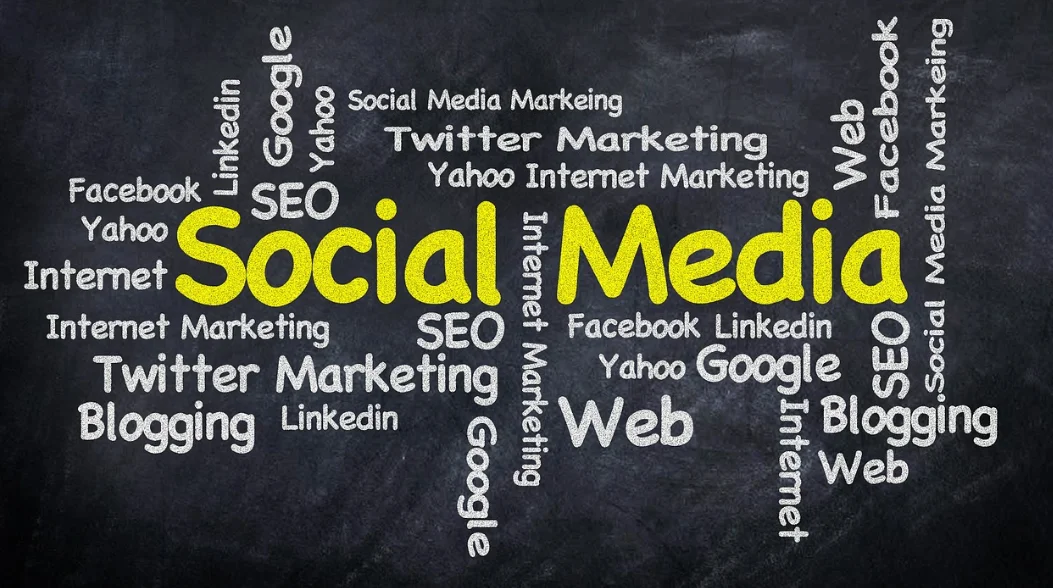Enhancing your business’s performance in social media hinges on establishing and evaluating clear goals and objectives. Devoid of specific targets, grasping the efficacy of your social media strategy becomes an arduous task.
This article aims to divulge five paramount social media goals tailored for your business, paving the way for substantial success in the realm of social media. Additionally, we’ll outline the metrics essential for tracking these goals and elucidate methodologies to gauge their outcomes effectively.
5 Pivotal Social Media Goals for Your Business
#1 Channeling Traffic to Your Website
Mere existence on social media falls short. Driving visitors from these platforms to your website is imperative, potentially converting them into loyal customers. Numerous enterprises leverage social media as a primary conduit to augment their website traffic. For instance, HubSpot’s team orchestrated social media experiments, escalating their monthly blog traffic by a staggering 241% over eight months.
Metrics to Monitor:
- Traffic Originating from Social Media: What portion of your traffic emanates from social media channels?
- Bounce Rate of Social Media Traffic: Assessing the quality of traffic routed from social media.
- Click-Through Rate on Social Media Posts: Scrutinizing the effectiveness of your posts’ messaging.
Tracking Website Traffic:
Utilizing Google Analytics furnishes comprehensive insights into website traffic, encompassing diverse traffic sources, including social media. To monitor traffic from social media, navigate to Acquisition > All Traffic > Channel.
This perspective elucidates the number of visits from each channel, their proportionate contribution to overall traffic (denoted in brackets), bounce rates, and more. For a granular breakdown of traffic sources, clicking on the ‘Social’ link delineates the platforms propelling traffic to your website.
#2 Amplifying Brand Awareness
Buffer’s State of Social Media 2016 survey indicates that brand awareness reigns as the primary objective driving marketers’ utilization of social media.
Understanding the rationale is straightforward: the average individual dedicates nearly two hours (approximately 116 minutes) daily to social media. MediaKix crafted an infographic portraying the time allocation across prevalent social media platforms.
Synopsis – Social media emerges as a prime arena for capturing consumers’ attention.
Moreover, social media empowers marketers with quantifiable insights into their brand’s online reach and presence. The majority of social media platforms furnish data on content reach, facilitating more precise reporting of your online footprint.
Metrics to Track:
- Follower Count: Estimating the potential reach on social media platforms.
- Reach of Social Media Posts: Assessing daily/weekly/monthly post outreach.
- Engagement (Mentions, Likes, Shares, and Retweets): Gauging audience interaction and content sharing.
Monitoring Brand Awareness:
Most social media platforms offer native analytics, simplifying tracking and reporting of these metrics for marketers. Third-party social media management tools like Hootsuite or Buffer streamline analytics across different platforms via a consolidated dashboard.
#3 Social Media as Customer Service
Social media serves as a pivotal avenue for brands to deliver customer support, a trend poised to persist in forthcoming years. Leveraging social media for customer service serves as a distinctive brand differentiator.
Metrics to Monitor:
- Response Time: Evaluating the promptness of your responses to customer queries, with Facebook even featuring a dedicated badge for this.
- Volume of Support Queries: Assessing the demand for social media-based customer service.
Measuring Customer Support Effectiveness:
In scenarios with scant customer queries on social media, manual tracking suffices. Alternatively, employing specialized social media customer service tools like Sparkcentral or Respond by Buffer streamlines this process for high-volume queries.
#4 Generating Leads via Social Media
Lead generation predominantly benefits companies with elongated sales cycles, such as B2B enterprises. Social media emerges as a potent tool for steering prospects into the initial stages of your sales funnel.
Metrics to Monitor:
- Personal Information Gathered via Social Media (Primarily Email Addresses): Quantifying leads accrued through social media.
- Downloads of Gated Content: Evaluating the traction garnered from social media-driven content downloads.
- Participation in Social Media Contests/Events: Assessing engagement and information sharing stemming from these initiatives.
- Click-Through Rates on Lead-Generation Social Media Posts: Appraising the efficacy of messaging on these posts.
- Conversion Rate of Leads from Social Media: Gauging the quality of leads originating from social media.
Tracking Social Media Lead Generation:
Google Analytics facilitates goal setting and efficacious tracking of social media lead generation. Accessing reports involves navigating to Acquisition > Social > Conversions. These reports furnish insights into leads generated from different social media channels, highlighting the most productive channels.
#5 Engaging in Social Listening
Customer discourse regarding products and brands on social media has evolved into a prevalent trend. By actively monitoring and responding to these conversations, brands can foster a sense of being heard among their customers.
Metrics to Track:
- Volume of Customer Conversations: Quantifying interactions with customers on social media.
- Suggestions or Feedback Received on Social Media: Assessing customer input and recommendations.
- Implementations Based on Customer Suggestions: Evaluating the influence of suggestions on product development or content creation.
Effective Execution of Social Listening:
Hootsuite emerges as an exceptional tool for social listening and Twitter research. Setting up streams on Hootsuite enables monitoring of pertinent keywords and conversations, allowing timely responses. Refer to Hootsuite’s comprehensive guide on social media listening for adept implementation in your business strategy.
